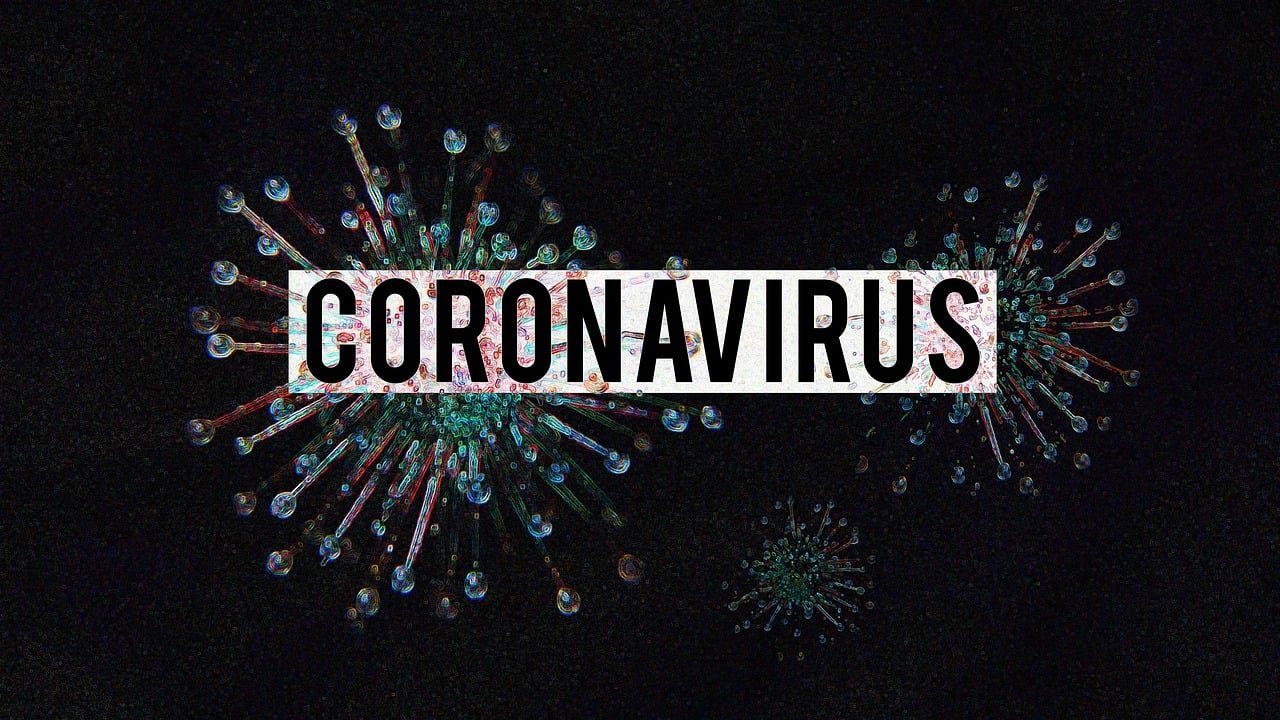“Virusos” is a term often used to describe viral infections—illnesses caused by viruses that invade the body and trigger an immune response. From the common cold to viral tonsillitis, these infections are widespread and affect people of all ages. Understanding what virusos actually means, how it shows up in the body, and what it does to your health can help you manage symptoms and recover more effectively.
What Does “Virusos” Mean?
Virusos is a non-medical term, often informally used to refer to viral infections. These are infections caused by viruses—tiny infectious agents that hijack the body’s cells to reproduce and spread. Unlike bacteria, viruses can’t survive or multiply without a host, which is why they spread so easily from person to person.
Some common examples of virusos include:
-
Viral tonsillitis
-
The flu (influenza)
-
The common cold
-
COVID-19
-
Viral gastroenteritis (stomach flu)
Common Symptoms of Virusos
The symptoms of virusos can vary depending on the type of virus, but there are many overlapping signs. Here are some of the most common:
-
Sore throat
-
Cough and congestion
-
Fever and chills
-
Headaches and body aches
-
Fatigue or weakness
-
Nausea or vomiting (especially in stomach viruses)
-
Swollen lymph nodes (in infections like viral tonsillitis)
These symptoms usually develop suddenly and can range from mild to severe. In most cases, they resolve on their own within a week or two.
How Virusos Affects Your Health
Viral infections generally put your immune system to work. While most people recover without complications, virusos can still take a toll on your body. You may feel tired or weak even after the main symptoms go away. In some cases, especially for people with weakened immune systems, viral infections can lead to secondary complications like bacterial infections or pneumonia.
For instance:
-
Viral tonsillitis can cause difficulty swallowing and lead to ear infections.
-
The flu may result in severe fatigue and even hospitalization in high-risk individuals.
-
COVID-19 has shown long-term effects in some people, known as “long COVID.”
Treatment and Recovery
There is no cure for most viral infections; treatment is typically focused on relieving symptoms. Common approaches include:
-
Rest and hydration
-
Over-the-counter medications (like ibuprofen or acetaminophen for pain and fever)
-
Warm saltwater gargles for sore throats
-
Staying isolated to prevent spreading the virus
Antibiotics do not work against viruses. They’re only effective against bacterial infections, so taking them for virusos is unnecessary and can even be harmful by promoting antibiotic resistance.
When to See a Doctor
Most cases of virusos can be managed at home, but you should seek medical attention if you experience:
-
High fever that lasts more than 3 days
-
Severe or worsening symptoms
-
Difficulty breathing
-
Signs of dehydration
-
Persistent sore throat or swollen glands
Prevention Tips
Prevention is key when it comes to virusos. Here’s how to reduce your risk:
-
Wash hands regularly
-
Avoid close contact with sick individuals
-
Cover your mouth when coughing or sneezing
-
Disinfect commonly used surfaces
-
Get vaccinated (like flu shots or COVID-19 vaccines)
Final Thoughts
Virusos may be a casual term, but it represents a real group of illnesses that can impact daily life and overall health. While most viral infections are mild and go away on their own, understanding the symptoms and taking care of your body is essential for a smooth recovery. When in doubt, consult a healthcare provider—especially if symptoms worsen or linger longer than expected.

